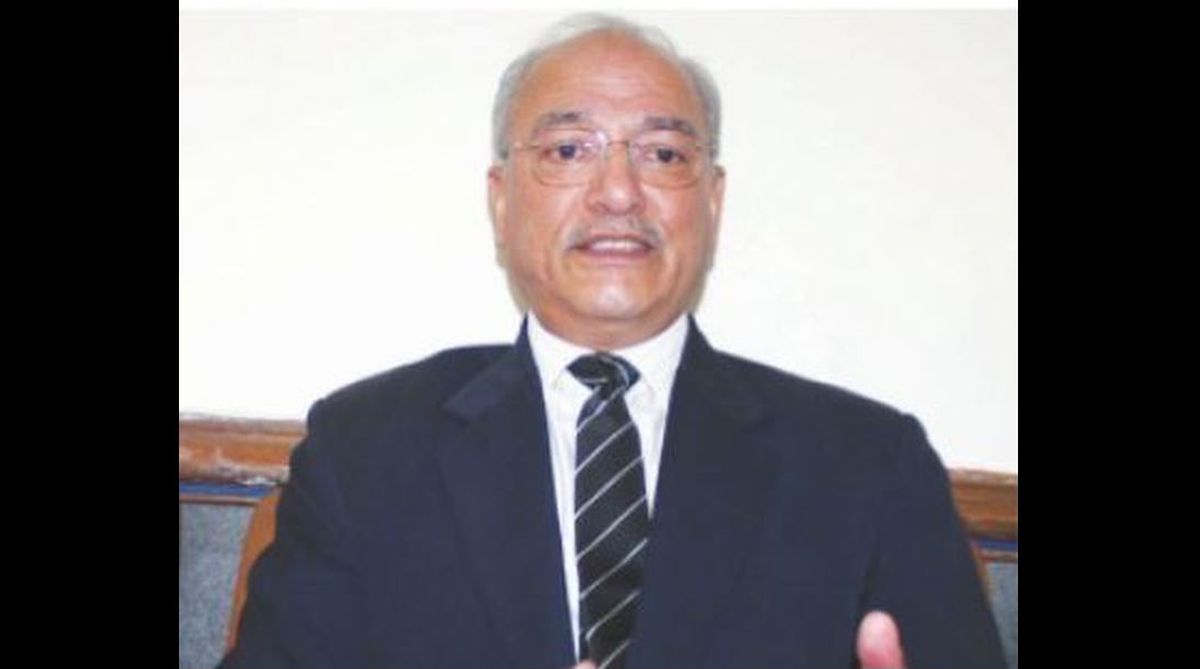Internationally acclaimed mountain farming expert, Dr Tej Pratap from Kullu district of Himachal Pradesh joined as Vice-Chancellor of prestigious and the first agricultural university in India, GB Pant University of Agriculture and Technology, Pantnagar in Uttrakhand a few days ago.
This is his fifth assignment as V-C, as he earlier served CSK Himachal Pradesh Krishi Vishvavidyalaya, Palampur (two terms), Sher-e-Kashmir University of Agricultural Sciences and Technology, Srinagar and then a private University in Shimla as V-C.
Advertisement
He also headed the Mountain Farming Systems at ICIMOD, Kathmandu in 90s. Dr Tej Pratap spoke to ARCHANA PHULL on the issues perturbing hill agriculture in an interview on the sidelines of second national conference of Seabuckthorn Association of India in Shimla. The excerpts are:
Q. What do you think is the state of mountain agriculture?
Ans. The mountain farming in India is facing problems and is witness to downward trend due to various reasons. Farmers are abandoning agriculture. Rather, they are increasingly leaving the villages. The way of life of traditional farmers is changing. The situation is bad in Uttarakhand as migration from villages is at large scale and hills have gone empty.
Q. What are the reasons behind this?
Ans. The main reason is that agriculture in its present form is is no more viable. Changing climate and wild animals are affecting hill agriculture. At the same time, people need more cash at home, which they don’t get from agriculture anymore. So they are moving away, settling at other places in plains. In Himachal, people, including political leadership, generally focus on how to make a livelihood in their home viable. In Uttarakhand, there are no policies to make agriculture viable in the present situation.
Q. Do you think hill agriculture needs a relook?
.Ans. Yes. The agriculture in hills is under transition. The Himalayan states are poised for new farming systems and today’s farmer needs a business model. The era of a farmer working individually is over. It is time to move from household to village economy model in agriculture and have niche-based models as per local need.
We should look at the possibilities of agriculture based business models to catch up with times. It is happening in isolation at some places, where educated youth with roots in agriculture have come up with business models to facilitate farmers. But the efforts are piecemeal. It requires a bigger strategy.
Q. What are the efforts required in Uttrakhand in this regard?
Ans. I think the policy makers need to think afresh. There is need to study mountain agriculture in the context of new ways of life and lifestyle—The past and existing models and the government policies have failed. We must understand that climate, economy and social changes are strong drivers of change and they have to be taken into consideration in policy. In hills, agriculture would turn lucrative only if the income of farmer increases five times for their monetary needs are changing. I think, all Himalayan states should address the agriculture issues jointly.
Q. Any plans to pump in new energy in the oldest agricultural university in India?
Ans. No doubt Pantnagar University is the first and biggest farm varsity, which played a prime role in ensuring national food security. The varsity has 10,000 employees, 3000 on contract. It maintained that position, while it was in Uttar Pradesh previously. After the formation of Uttrakhand, there has been gradual degeneration. The varsity’s main job was to work for the welfare of hill farmers. The foremost task before me is to make some fundamental changes and re-build the institution and its credibility.
Q. You initiated Seabuckthorn programme in India in 1992? What went wrong with it?
Ans. Lack of strategic thinking has led to slow progress in Seabuckthorn programme. There is no policy to address the issues involved in promotion of Seabuckthorn. It should have been taken up at the scale, like Himachal government took the initiative to promote apple cultivation in past.











